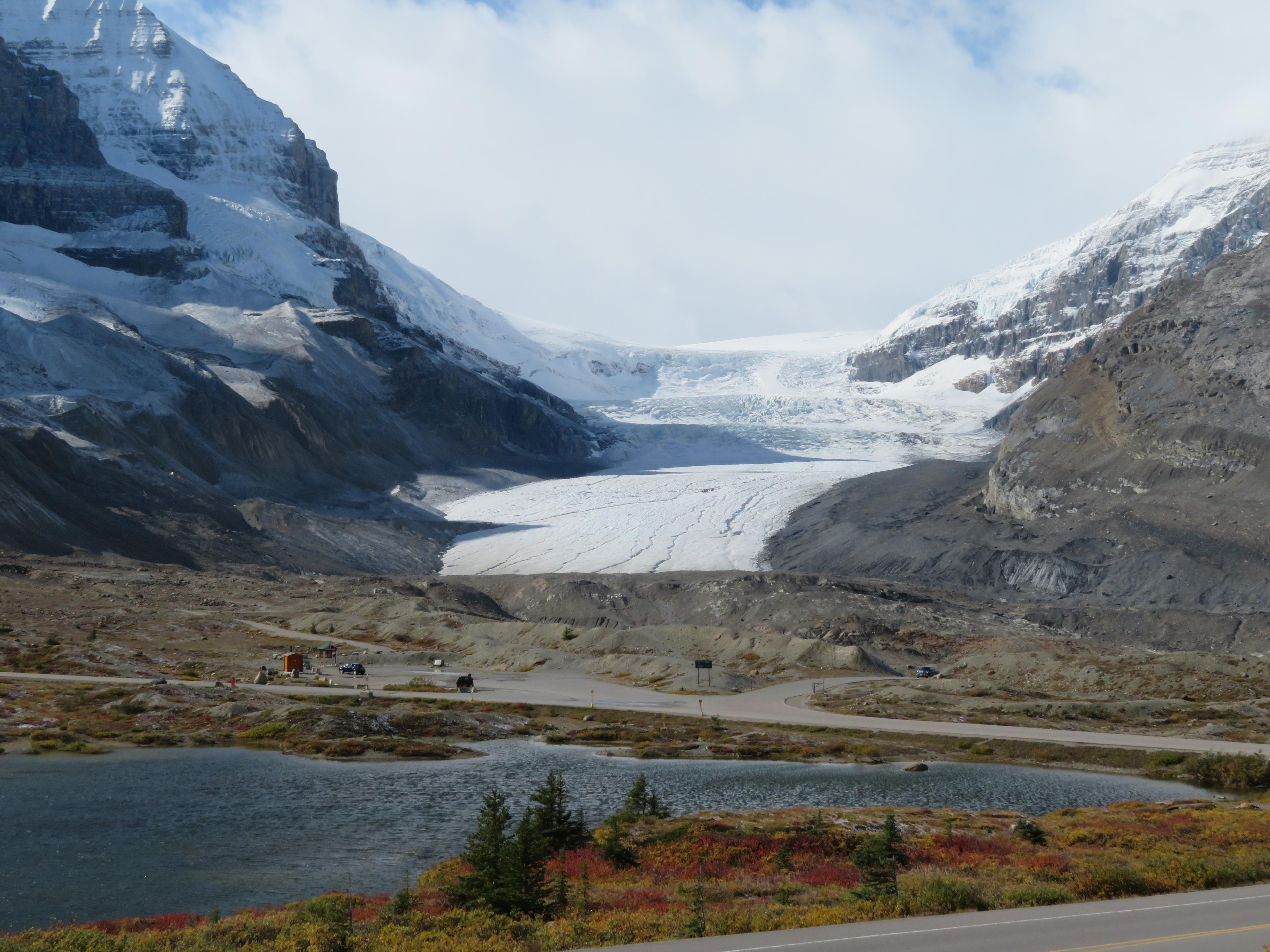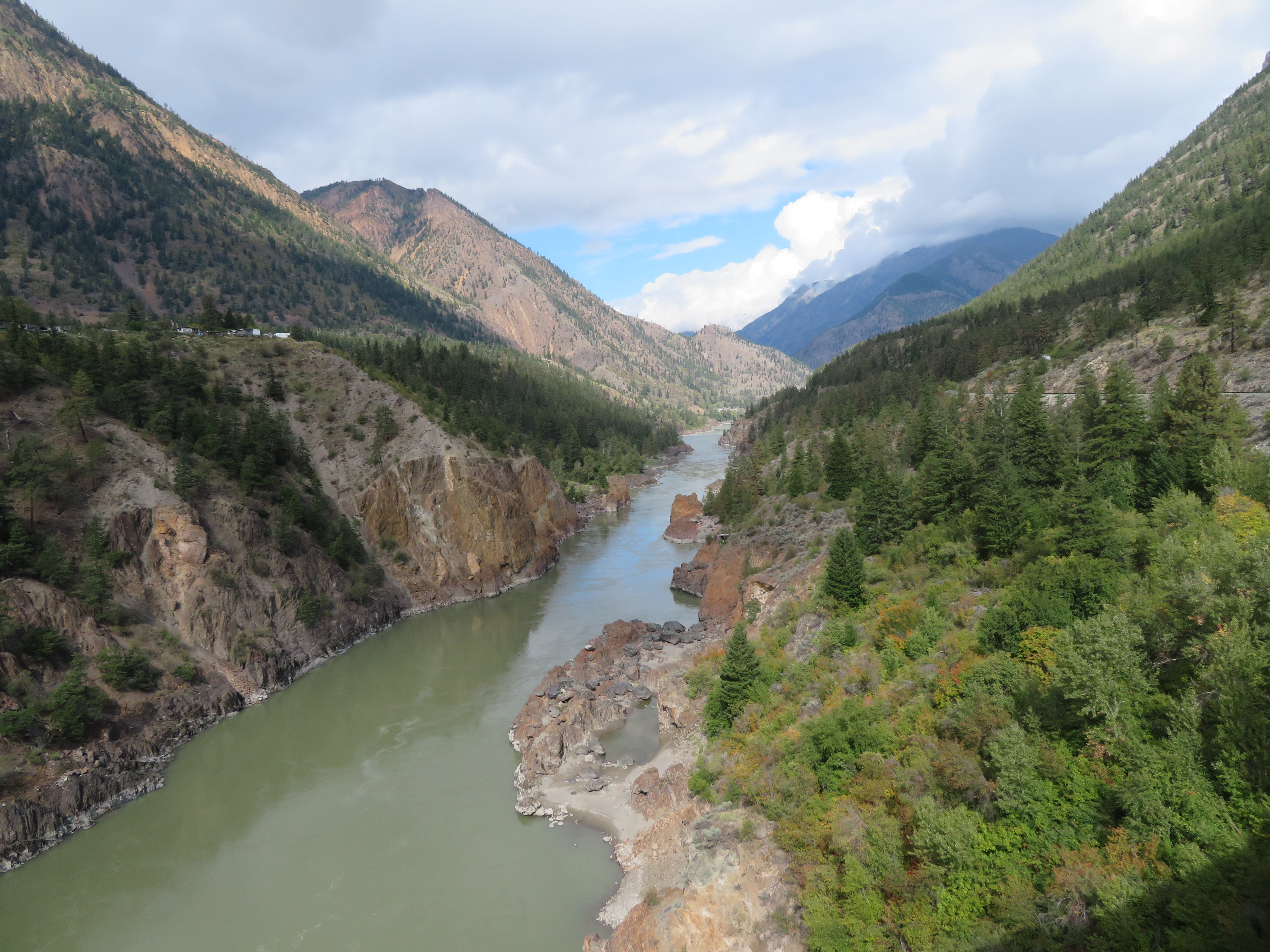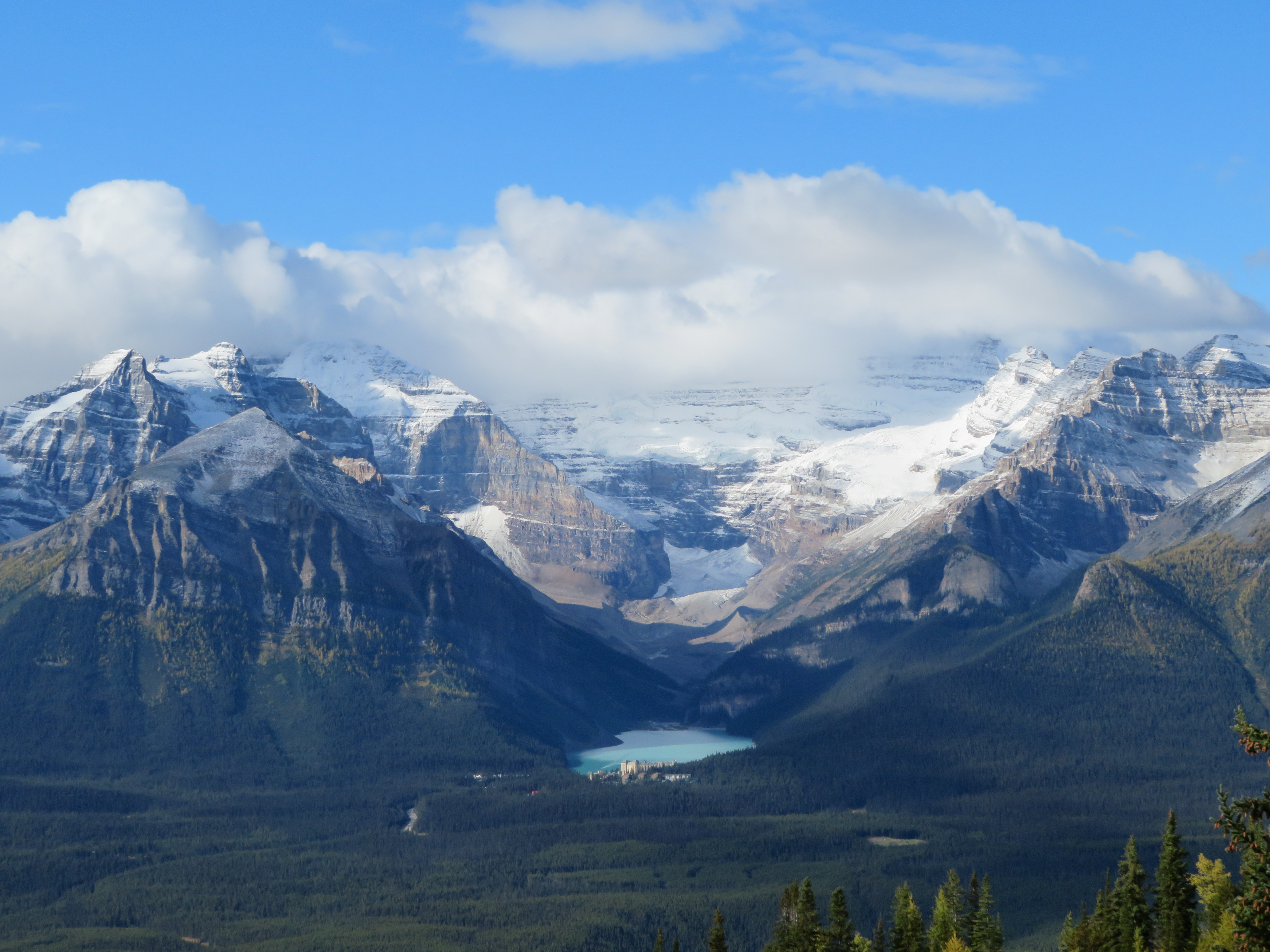In September 2021, after yet another cancelled European trip, we decided to travel within Canada and did so with absolutely no regrets. The foundation of our trip was two Rocky Mountaineer journeys: we started in Vancouver with the Rainforest to the Gold Rush trip that takes you through Whistler and Quesnel to Jasper and ended our journey on the First Passage to the West (Banff to Kamloops and Vancouver).
We spent 2 nights in Vancouver before we departed for our first rail journey; 1 night in each of Whistler and Quesnel (as part of the Rocky Mountaineer journey); 2 nights in Jasper; 2 nights in Lake Louise; 2 nights in Banff; 1 night in Kamloops (as part of the Rocky Mountaineer journey); and a final night in Vancouver, before flying home to Toronto.
Because this trip, or parts of it, are on so many bucket lists, I thought I'd share our experience, understanding, and observations.
One frequently asked question is: Do you sleep on the train?
You do not sleep aboard the train – you stay in hotels overnight. This means that you don’t sleep through any of the beautiful scenery. Rocky Mountaineer arranges all hotels and luggage transfers.
And perhaps not a question asked but an erroneous assumption made, your luggage does not transfer with you on the train. It is bussed to your hotel and is often waiting in your room when you get there. This also means that you can leave your luggage in your hotel – and it will be picked up for you and delivered to your next hotel. Rocky Mountaineer is very diligent with making sure no luggage gets left behind with checks and double checks.
Covid-19 Vaccine Requirements and Testing:
In addition to being fully vaccinated, guests must take a rapid screening test the night before boarding the train. This Rocky Mountaineer arranges, free of charge, the night before you depart on your train journey at pre-specified guest centres. (This can take up to 1.5 hours...)
Two levels of Service:
There are two levels of service on Rocky Mountaineer trains. We travelled one of the routes via Gold Leaf and the other via Silver Leaf, just so that I would have a firsthand understanding of the similarities and differences. There is some flexibility as well – you can book Gold Leaf rail and downgrade to Silver Leaf hotels; and vice versa.
As the names imply, Gold Leaf service is at a higher level than Silver Leaf service. I've tried to differentiate the service differences to help you make better informed decisions on the level of service you'd be interested in.
In terms of the rail cars, here are the differences:
- Gold Leaf cars have two floors. The top floor is for viewing and is where you'll spend most of your time. I’ll explain where this matters on journeys below. Meals are served on the 1st level – and are done in two stages, as that level also shares the kitchen and cannot accommodate all guests at once. If you had first seating for breakfast and lunch on day 1, you’ll have second seating on day 2, etc. Second seating breakfast folk will be provided with a delicious, fresh, warm scone and local berry jam and coffee/tea while awaiting their turn.
- The food in Gold Leaf is prepared from fresh ingredients onboard and you have 5 or 6 options for each of breakfast and lunch. The menu is the same for every day on board
- In
Silver Leaf service, there is only one level. Your meals are served at your
seat. You have a choice of two food options for each of breakfast and lunch,
and they change daily. Unlike Gold Leaf class, the salmon is previously frozen.
The egg omelet is pre-prepared and heated. I would say that Silver Leaf food is
much like what you’d expect on a domestic business class flight.
- Beverage
Service: In Gold Leaf, beverage service starts at 9:30 a.m. with many guests
having a mimosa or bloody Caesar with breakfast (or soon thereafter). Beverage
service is then provided throughout the day. People drank responsibly but had
access throughout the trip
- In
Silver Leaf, beverage service starts after 10 a.m. with essentially a pre-lunch
drink, a lunch drink, coffee and tea in the afternoon (with or without Bailey’s
Irish Cream) and a happy hour drink prior to disembarking.
- Comfort: We found the Gold Leaf seats much more comfortable than Silver Leaf. On both Silver Leaf days, our behinds were sore; we did not experience that in Gold Leaf. Both classes provide ample leg-room but remember, you cannot put anything overhead as that is for viewing. You’ll have to share the leg room with your carry-on items.
- Windows: While the Gold Leaf panoramic window goes up to the centre of the car, the shorter window in Silver Leaf was adequate. Because you’re on a single floor car, your windows are quite expansive in Silver Leaf. You are however, sitting at a lower level for viewing than are your Gold Leaf peers.
- Service: Silver Leaf has less staff than in Gold Leaf so service is a little slower. However, the quality of all staff was exceptional on both levels of service and we certainly did not feel that we were short-changed.
- Outdoor
space: The Gold Leaf rail car has a large open vestibule for viewing. If you
are lucky to be in the last car, you have 270 degrees of viewing pleasure. This
was often where you’d find picture-focused people and many friendships were
made in the company of others on this platform. In Silver Leaf service, there
are four outdoor open windows (door windows). They are separated and only allow
one person at a time. I certainly spent less time on the viewing platform in
Silver Leaf as you either couldn’t get to a window or a line up would form
behind you and you’d feel rushed to leave so that others could enjoy the views.
Most of my Silver Leaf pictures were taken from my seat with window glare
showing up.
Rainforest to the Gold Rush Journey
Vancouver – Whistler – Quesnel – Jasper (these trips can also be done in reverse order)
Photo by Susan Tuckey, Penguins2PolarBears - The Fraser River along the Whistler to Quesnel route
While this is a three-day journey, the first day is quite short with an arrival in Whistler just before noon. Breakfast is served on the train. The views were of West Vancouver, Howe Sound and Britannia Beach, Cheakamus Canyon, and Brandywine Falls. You have the rest of the day and evening to explore Whistler. Consider taking a gondola up Blackcomb or Whistler to do some hiking, mountain biking, and sightseeing. Whistler Village is full of shops and restaurants and is fun to meander through.
We had a simple lunch of delicious French onion soup at one of the local restaurants and had a more fulsome and fantastic dinner at Il Cominetto (@ilcaminettowhis)(4242 Village Stroll, 604-932-4442 to reserve). The lobster and saffron linguine (house-made pasta) was excellent and their Budino Caramello dessert (salted caramel pudding with toasted nuts and caramel sauce) was outrageously delicious.
Your hotel will differ depending on whether you travel Gold Leaf or Silver Leaf service, where different styles of hotels are available. In Whistler, we stayed at the Fairmont Chateau Whistler while Silver Leaf guests stayed at the Delta by Marriott right in the village.
Our second day trip was up to Quesnel. The views through Anderson and Seton Lakes were beautiful but the most spectacular was the Fraser Canyon. We were all blown away by its beauty. Two hotels were used in Quesnel: The Sandman and The Tower Hotel – both of which were basic. They were not overly accessible to the town. We arrived late and were up early – so I don’t think anyone would have ventured far even if we were right in the middle of town. Dinner is not served on the train – but snacks and cheese are provided and for some, that was all that was needed.
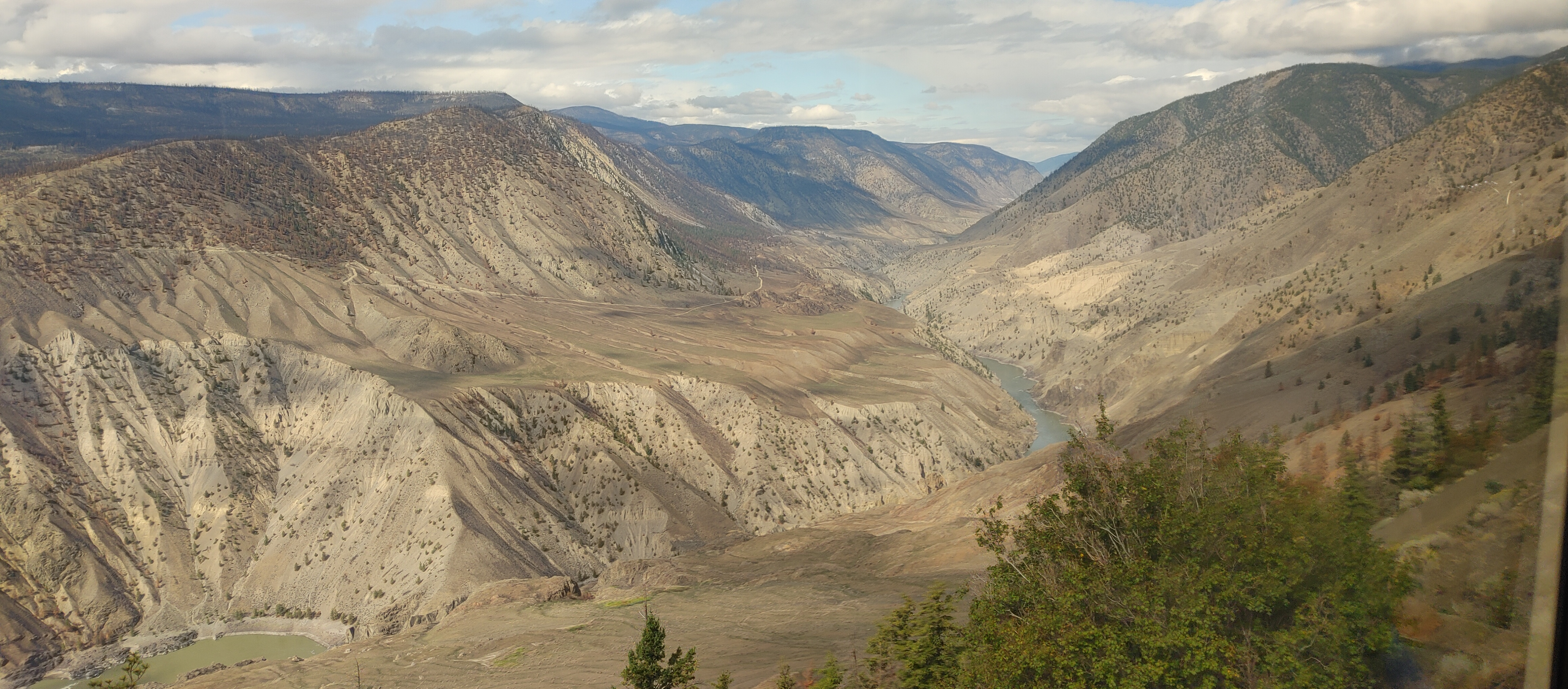
Photo by Susan Tuckey, Penguins2PolarBears - The Fraser Canyon along the Whistler to Quesnel route. This picture was taken from the 2nd level in Gold Leaf Service as the view was best from above
On day three – from Quesnel to Jasper, we followed the Fraser River. As we approached Jasper, we saw Mount Robson, the largest in the Canadian Rockies. While we did see many peaks, we mostly saw trees. Even the seats in Gold Leaf didn’t provide much better a view. While the seats are higher up than Silver Leaf seats, the trees are even more so.
First Passage to the West Journey
Vancouver – Kamloops – Banff
This is Rocky Mountaineer’s signature and most popular trip. We did this journey in reverse – starting in Banff and returning to Vancouver. Banff to Kamloops was a lovely journey. There were fewer trees so we had better views of mountains and rivers. We went through the spiral tunnels and learned of their origination. The train did stop at Lake Louise to pick up some Gold Leaf passengers who had stayed there; however, no one got off the train and there was no viewing of Lake Louise. We arrived late in Kamloops and stayed in the Signature Sandman, a step up from the regular Sandman.
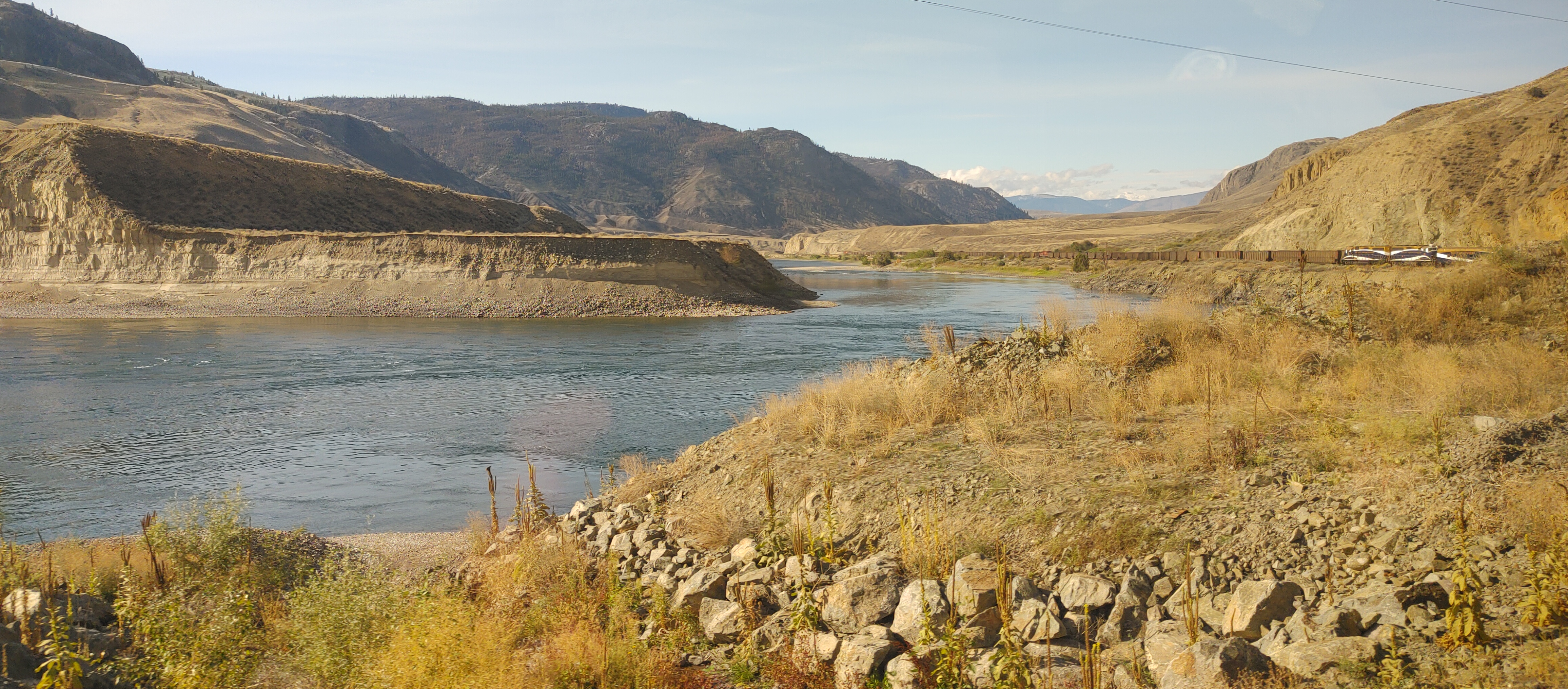
Photo by Susan Tuckey, Penguins2PolarBears - From Kamloops to Vancouver
Day two was spectacular. It started with a beautiful journey along Thompson River, Kamloops Lake and the Fraser Canyon. The area is very arid and makes for very interesting landscapes. We caught glimpses of long horned sheep, elk and a black bear.
Getting into Vancouver took longer than was expected or preferred. Rail volumes meant many stops and this is something one should be prepared for. We didn’t get to our hotel until 9 p.m.
Journey through the Clouds
Vancouver – Kamloops – Jasper (The Kamloops to Vancouver part of the journey is the same as the First Passage to the West; in fact, both trains were joined together in Kamloops for the final part of the journey to Vancouver)
The Jasper-Kamloops journey is the only portion of Rocky Mountaineer’s segments that we did not take. However, I was told that it is essentially trees the whole way, similar to the Quesnel to Jasper trip. You would take this journey if you absolutely wanted to leave from or end in Jasper and didn’t want to do a three-day journey. Kamloops to Jasper is not as interesting as Kamloops to Banff, I was told by a train attendant.
Advantages of Gold Leaf over Silver Leaf
From a seating perspective:
From Banff to Vancouver and vice versa, this line is shared with many freight trains. We passed at least 7 (and these are long trains – more than 150 cars, some of which are stacked). When passing a freight train, your views are blocked on Silver Leaf. Perhaps 2 of the 7 were stacked rail cars – and I suspect that even in Gold Leaf, views on one side would be compromised but not to the same extent as in Silver Leaf. On the Whistler to Quesnel trip, in one particularly stunning section of the Fraser Canyon, you could only get the best views when you were on the upper viewing platform in Gold Leaf.
From a food, service, comfort, and views perspective:
I’d say book Gold Leaf unless it is not within your budget. One option is to book Gold Leaf rail and Silver Leaf hotels. I’d also recommend booking the pre- and post- hotels with Rocky Mountaineer. This ensures a smooth transfer of both you and your luggage (we booked our pre and post hotels separately and in hindsight, I would have booked them through Rocky Mountaineer.) Reasons for this recommendation are found in the bullet points above that speak to the differences in levels of service and comfort.
Jasper to Banff - our non-rail adventure
We covered a lot of ground from Jasper to Banff. Some of this ground was covered through the Rocky Mountaineer excursions while others we booked on our own.
As I mentioned, we did not feel we were adequately saturated of Rocky Mountain views from the train, due to views being obscured by trees. But don’t fret – you’ll have plenty of options to saturate yourself. We stayed at the Jasper Park Lodge – a spectacular Fairmont property. It is a distance from Jasper – but there are shuttles for $5 return. Either through Rocky Mountaineer or through your travel agent, you can book a Maligne Lake and Canyon daytrip (fantastic!) You can also take the Jasper SkyTram for more spectacular views.
We took Rocky Mountaineer’s bus tour from Jasper to Lake Louise. It is rated by National Geographic as one of the top ten drives in the world. Going south from Jasper to Banff/Lake Louise is ideal as you are facing the north side of the mountains, which lend themselves well to glacier views. We stopped at the Athabasca Falls, and then did the Columbia Icefield Glacier adventure and the skywalk. It is hard to consume so many outstanding views in one day.
We stayed in Lake Louise for two nights at the Fairmont Chateau Lake Louise. You can easily book the Lake Louise ski resort summer gondola, that includes a free shuttle from Lake Louise. The views are unbelievable. We hiked for a few kilometers. The Chateau has a shuttle service to the must-see Moraine Lake – or you can book separately through Parks Canada. And don’t forget High Tea at the Chateau in the Fairview Bar and Restaurant – with views front and centre over the lake.
The Deer Lodge is just steps away from the Fairmont Chateau Lake Louise and is a good alternative. You can easily walk to the main parking lot or Chateau parking lot to pick up your shuttles. Deer Lodge also has a great restaurant with relatively reasonable prices. (In general, I did not find any prices reasonable but the Deer Lodge was a lot closer.)
Photo by Susan Tuckey, Penguins2PolarBears - View of the Fairmont Chateau Lake Louise and Lake from Lake Louise Ski Resort
We took the ROAM express bus (Regional public transit) to Banff from Lake Louise for $15 to $20 total ($10 adults; $5 seniors). We picked it up in the public parking lot near Deer Lodge and the Fairmont Chateau. You can buy tickets from a machine; it accepts credit and debit (and possibly cash). In Banff, the terminus is right across the street from the Elk + Avenue hotel. We chose to stay there because it is also the customer centre for Rocky Mountaineer where we could have our rapid Covid tests taken and retrieve our boarding passes.
After checking in, we got on a different ROAM bus up to the Sulfur Mountain gondola ($2 adults; $1 seniors - you can buy a return ticket at the ticket kiosks or pay cash on board (no change returned)) and had one of my most favourite meal experiences ever in the Sky Bistro, at the top of Sulfur Mountain. You can only book 30 days prior the date you plan to eat there – and it books up fast! The restaurant is extremely tastefully done, the views amazing, and the food even better.
In general - and not just for the Sky Bistro , you should book restaurants well in advance of your visit. For our final night, we did not – and had to order a pick-up meal from the restaurant in our hotel (sit down service was more than an hour out) and eat in our room. All restaurants were at least a half hour wait with most waits longer than that.
Some final thoughts on the Best time of Year to go:
- Spring – snow on mountains, good for wildlife, smaller crowds.
- June - may also be good as schools are not out yet but not likely to see any fresh snow in mountain tops and perhaps less wildlife.
- July – August – forest fires potential add a little more risk to the success of your trip. As well, these are the business months. It may be hard to get bucket list photos where there are buckets of tourists. Hotel availability can be a challenge. Prices will be at their prime.
- September – good for wild life (not that we saw a lot); snow on mountains starting (we were blessed with a fresh dusting of snow on the mountain tops); but also can be quite a bit colder and have very low cloud ceilings so some views may be compromised (Banff was covered in cloud when we went up the gondola…)
Ready to roll? Let’s chat. You can sign up to schedule a consultation or sign up for my weekly newsletter for more inspiration.

